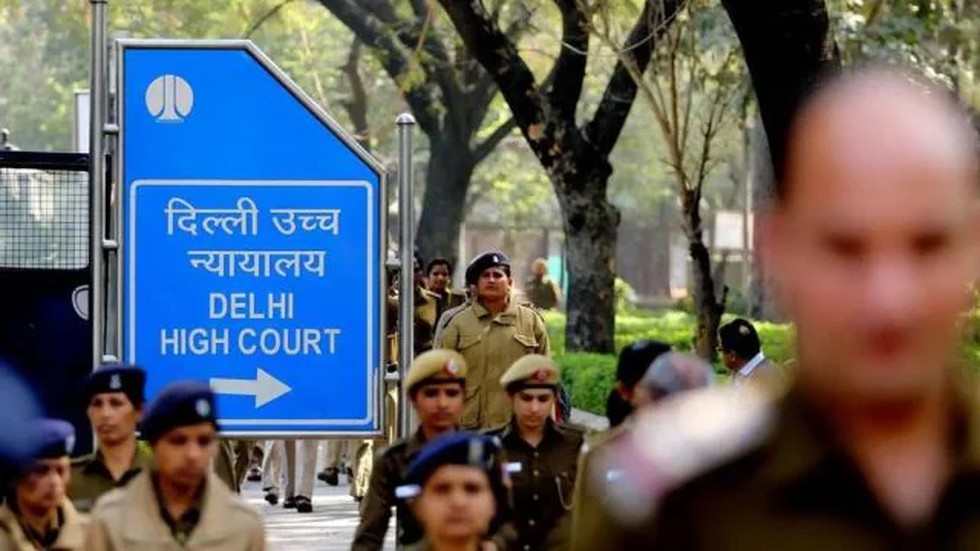Right to Education (RTE) Act, 2009
Recently, the Delhi High Court addressed the issue of separate identification numbers (IDs) for different wings of the same school, impacting the admission of students under the Economically Weaker Section/Disadvantaged Group (EWS/DG) category.
- Court Order:
- It directed the merger of identification numbers for different wings of the same schools in Delhi to ensure a seamless transition for students, particularly under the EWS/DG category.
- It also highlighted the goal of serving the broader objectives of the RTE Act by promoting equality and dignity for all students.
- The court mandated the appointment of nodal officers in every private unaided recognized school in Delhi to oversee the EWS/DG admission process.
- It also ordered the Department of Education (DoE) to merge the IDs within eight weeks and file a compliance report.
About the Right to Education (RTE) Act, 2009:
- Background:
- RTE Act Originates from the 1993 Supreme Court ruling in the Unnikrishnan vs. State of Andhra Pradesh case, establishing education as a fundamental right under Article 21.
- The Constitution (86th Amendment) Act, 2002 introduced Article 21A, guaranteeing free and compulsory education for children aged 6-14 years.
- Key Constitutional Amendments:
- Article 21A: State's responsibility to provide free and compulsory education to children aged 6-14.
- Article 45: State to provide early childhood care and education until the age of six.
- Article 51A: Parents' duty to provide educational opportunities for children aged 6-14.
Significant provisions of the RTE Act:
- Free and compulsory education:
- Right to education for all children aged 6-14 in a neighbourhood school.
- Provision for age-appropriate class placement for older children who missed schooling.
- No detention, expulsion, or mandatory board exams until the completion of elementary education.
- Curriculum and Recognition:
- Government to establish curriculum and evaluation procedures.
- Compliance with pupil-teacher ratios and infrastructure norms is mandatory for school recognition.
- Teachers must qualify through the Teacher Eligibility Test (TET).
- Responsibilities of schools:
- Government and aided schools must provide free and compulsory education.
- Schools must establish School Management Committees (SMCs) to monitor grant utilization and school development.
- Government responsibilities:
- Central Government: National Advisory Council, curriculum framework, and teacher training standards.
- State Government: Ensure compulsory admission, attendance, and elementary education completion; establish neighbourhood schools.
- Grievance redressal:
- National and State Commissions for Protection of Child Rights to safeguard rights under the RTE Act.
Status and impact of the RTE Act:
- Achievements:
- Increased enrolment rates, especially at the upper primary level (Class 6-8), with a 4% rise from 2009 to 2016.
- Improved infrastructure, with 13% of schools achieving full RTE compliance.
- Significant impact of the 25% EWS/DG quota, facilitating access to education for millions of students.
Amendments to the RTE Act, 2009:
- 2012 Amendment: The 2012 Amendment included children with disabilities within the Act’s purview and exempted religious and minority institutions.
- 2019 Amendment: Abolished the no-detention policy up to class VIII, allowing states the discretion to implement it.
